It’s quarter to 6 in the afternoon in January. It’s “winter” and the sun is going to set soon. The slanting sunlight is casting spectacular shadows on the hill opposite and the shadow of Mount Scenery is visible on the sea down below. My husband is standing by the side of the road. One car drives by. The driver, vaguely familiar, hangs out the eternally open window and hollers, “It’s on its way!” without stopping.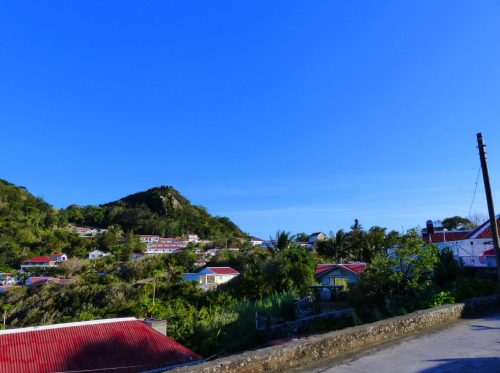
It happens often nowadays that people on the island look familiar. That’s what happens when 2,000 people share the same rock, go to the same grocery stores, and travel the same road over and over.
A second car drives by, again the driver shouts something about Brian being on his way. I think this guy must be working at the airport then. Good.
This is your typical island scene. People standing by the side of the road chatting and waving to people in cars. It’s islanders and fellow islanders. Of the 2,000 inhabitants, about 500 are students at the med school. So technically, the island has 1,500 people here that know or need each other in one way or another and we’ve got to look out for one another.
The medical school and its students make up about a quarter of Saba’s population. The impact is felt in the life of the Sabans and Sabians, expats, pensionados, colonialists, peace seekers, adventurers, professionals, and escapists that this rock attracts. In December, the students go off island for Christmas break. This means that shelves in the shops go empty, that the roads go quieter, and that there are no tickets left either by boat or plane to leave the rock in December and return in January. Once, there were even some students that chartered a plane just to make it back in time for the beginning of the semester. No joke. So we were happy we managed to get tickets to leave this Christmas break. One downside to being a teacher at the high school is having to vacation during the school holidays. Still, our island fever definitely needed some quenching.
On the way back, however, our bags got stuck in Sint Maarten. That day, three extra flights and an added luggage-only flight to Saba did not suffice to get all the students and our bags over too. That’s how small the Twin Otter plane is that lands here. I prefer to call it a flying bus service. Chances are you know some people riding that bus and you can catch up on the latest melly even before getting back on the rock. Besides, it’s always good to set foot again on Saba’s soil. We feel like celebrities as we are waving at familiar faces and chatting with Customs, taxi drivers, and acquaintances coming to pick up or drop off someone.
Three days later, as I’m doing my weekly grocery shopping like everybody else, one of the guys who works at the airport approached me and told me our bags had arrived. We then called the person at the airport. They know where we live. No problem.
So now my husband is waiting by the side of our road for the guy who runs the airport desk to drop off our bags. He’s passing through on his way home anyway.
The third car stops, the guy gets out, unloads our bags from the back of his car, and drives on, his arm stuck out the window. Saying “thank you” seems almost extravagant. After all, it goes without saying that we do what we can to help our fellow islanders. This is what happens when fewer than 2,000 people live on the smallest rock in the Caribbean. We are where we want to be.

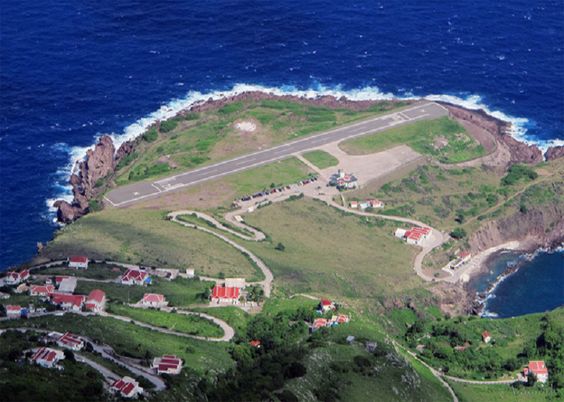
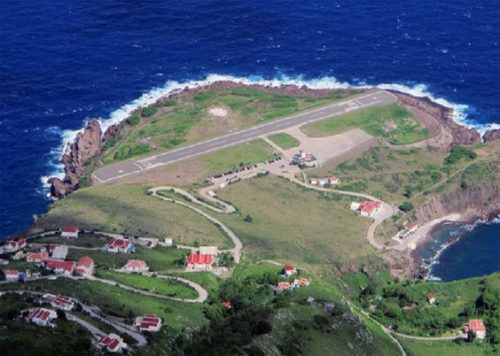
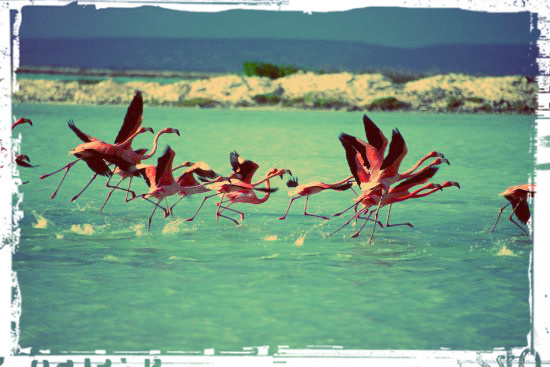
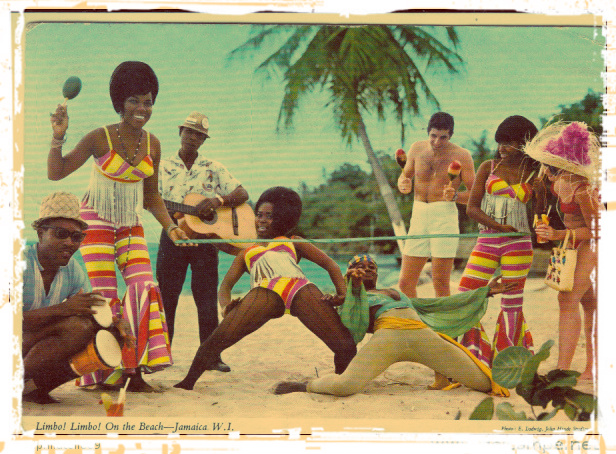
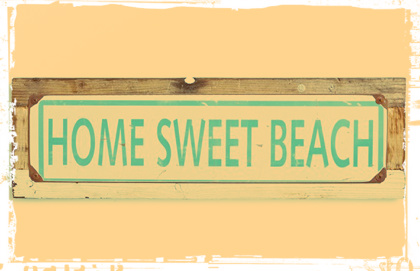
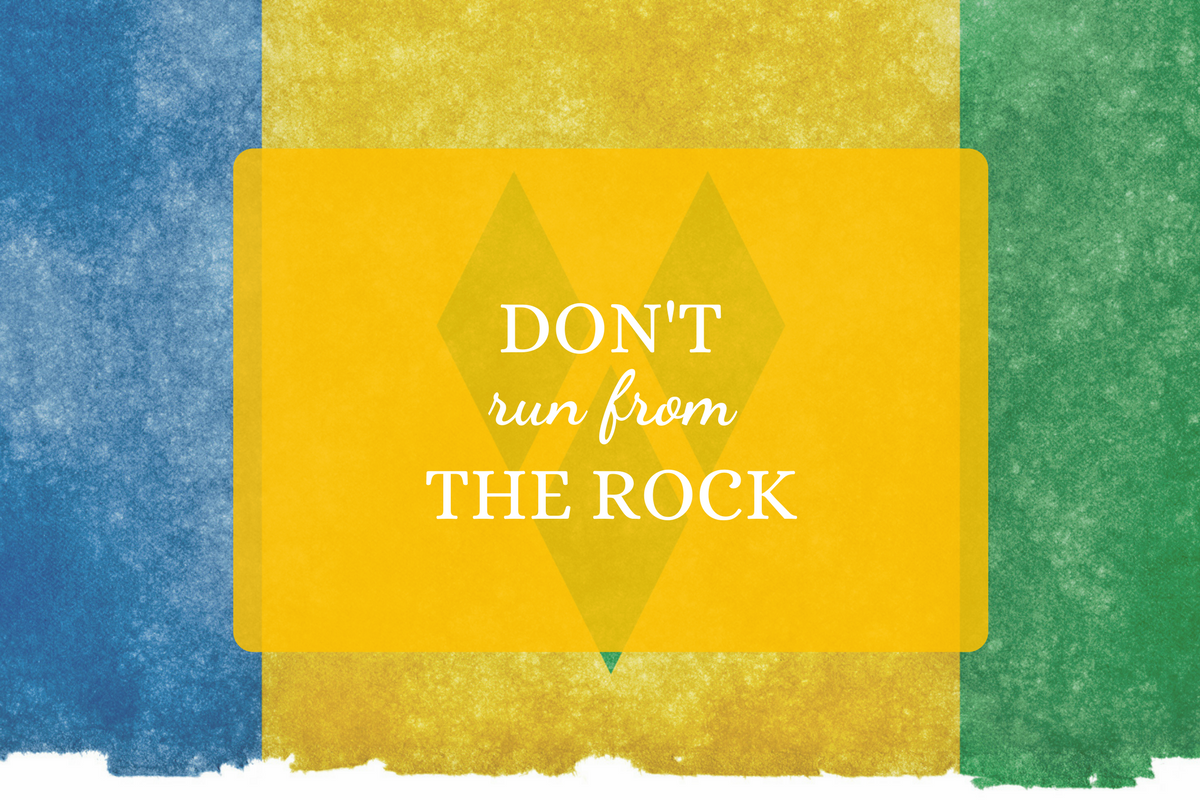









19 Comments